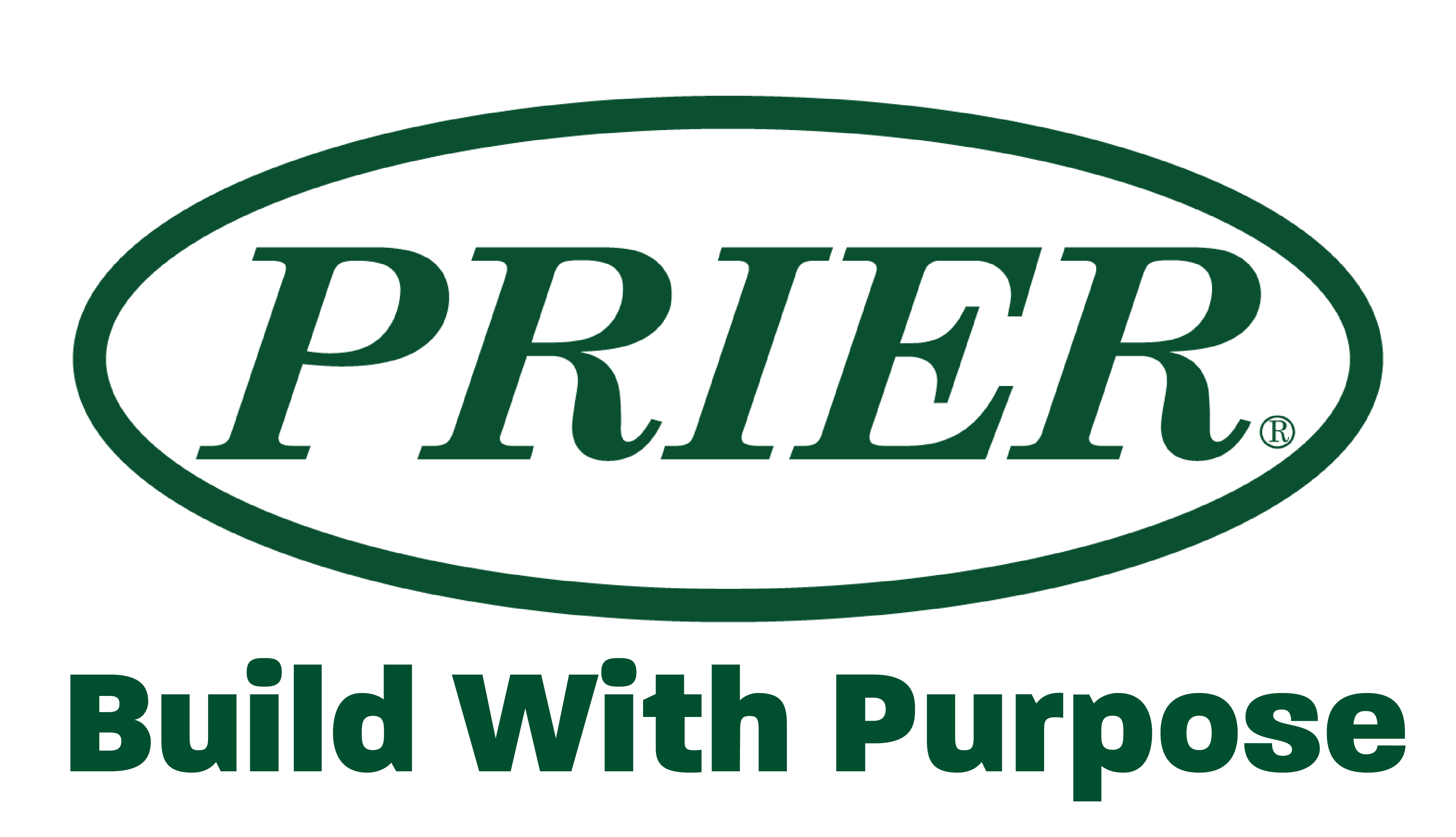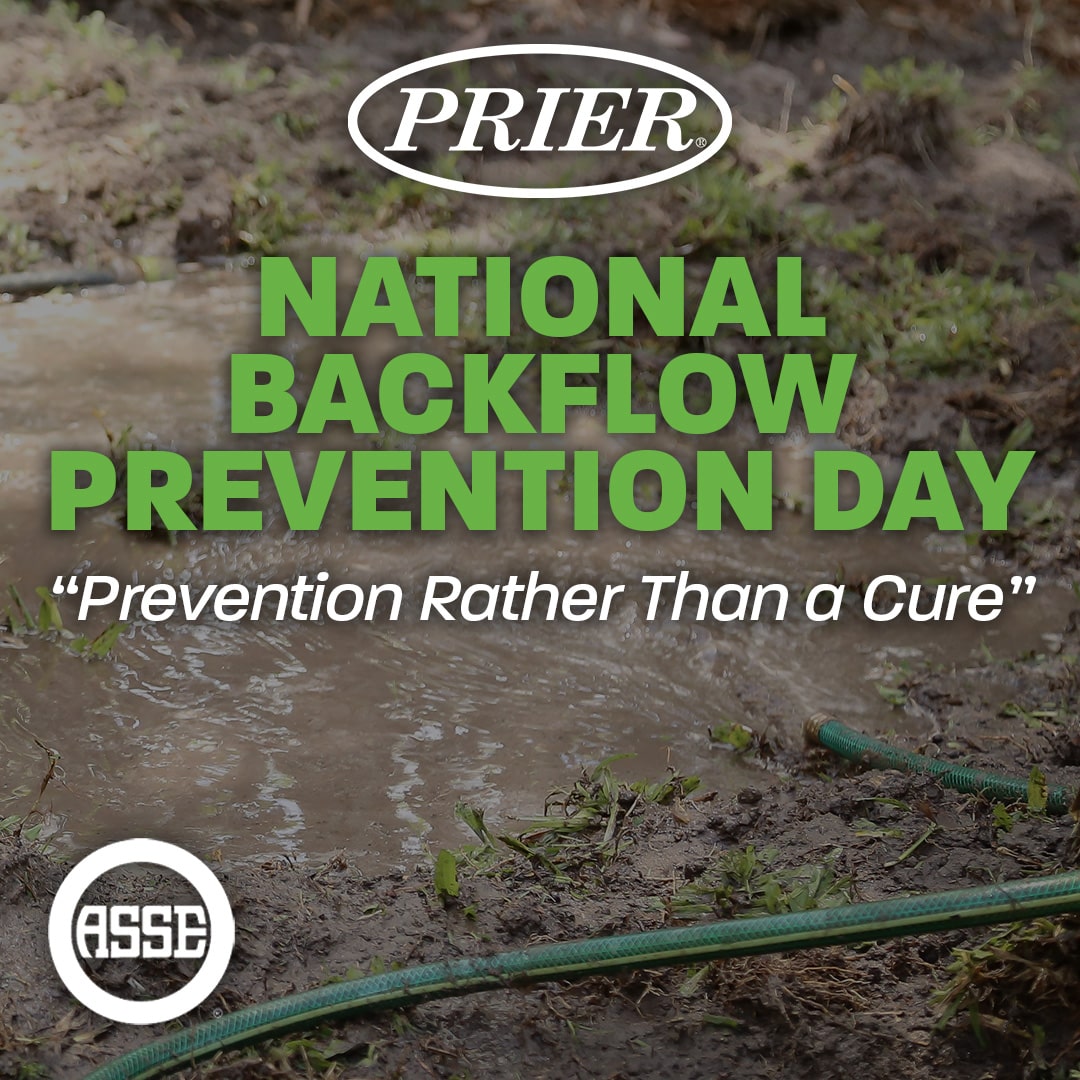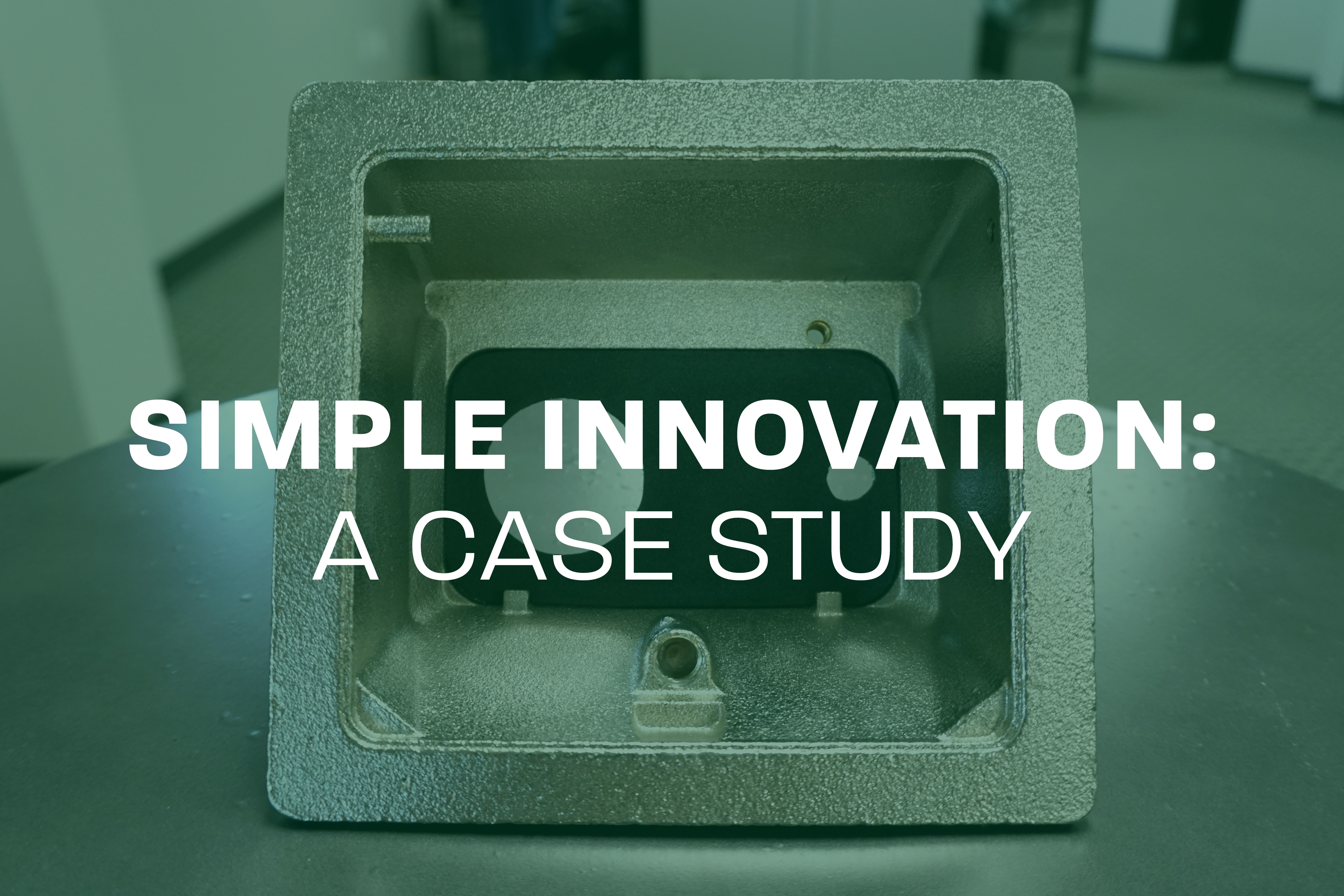Today, August 16th, is National Backflow Prevention Day, a day to raise awareness about the importance of preventing backflow, which can cause contamination of clean water supplies. PRIER Products would like to use this day to educate the public and industry professionals about the risks associated with backflow and the importance of using professionally designed, code approved, hose bibbs.
The Safe Drinking Water Act of 1974 is a key piece of legislation in the United States aimed at ensuring safe drinking water. Although it primarily focuses on setting standards for water quality and overseeing public water systems, the act does not specifically address backflow prevention in detail.
Backflow prevention, however, is an important aspect of maintaining safe drinking water and is managed through regulations and standards that stem from the broader goals of the Safe Drinking Water Act. Backflow prevention helps to protect drinking water from contamination due to backflow—when water flows in the opposite direction from its intended path, potentially bringing contaminants into the clean water supply.
In practice, backflow prevention requirements are typically enforced through state and local regulations, which ensure that water systems implement appropriate measures to prevent contamination. These measures often include installing backflow preventers and conducting regular testing and maintenance to safeguard the quality of drinking water.
Backflow in plumbing is a critical concern because it allows contaminants to enter the clean water supply, posing significant health risks. This issue can arise from numerous factors within the plumbing system, making it essential to implement preventive measures. One of the key elements in preventing backflow is maintaining a stable water pressure.
A stable water pressure helps ensure that water flows in the correct direction in the plumbing system. When there is a sudden surge or drop in pressure, backflow can occur. To understand how to prevent backflow, it is important to first grasp what causes backflow in a plumbing system.
There are two primary causes of backflow in a plumbing system: back pressure and back siphonage. Backpressure occurs when the pressure in the non-potable system exceeds the pressure in the potable system. This can happen due to pumps, thermal expansion in boilers, or a decrease in pressure from the water supply system (like a flushing toilet or running dishwasher). Back siphonage, on the other hand, occurs when there is a sudden drop in water pressure in the supply line, causing the water to flow backward and potentially carrying contaminants into the clean water supply.
Understanding the causes of backflow, whether it is backpressure or back siphonage, highlights the need for effective preventative measures to protect the water supply. To combat these risks, a variety of backflow prevention devices have been developed, each designed to address specific scenarios where backflow might occur. A backflow prevention system should be tailored to the specific needs of a plumbing system. By selecting and installing the appropriate devices, we can ensure that our plumbing systems remain safe and free from contamination. In residential plumbing, a common backflow prevention device includes vacuum breakers. For larger commercial or industrial plumbing systems, vacuum breakers and a double check valve are often used.
At PRIER Products, their line of residential and commercial frost proof wall hydrants has been manufactured with backflow prevention for over 40 years. PRIER’s first residential hydrant was manufactured in the 1940s with the first backflow prevention system being added in the late 1970s. PRIER’s investment in research and development has allowed them to further advance their backflow prevention solutions, including advancements in materials, design, and functionality to enhance the reliability and effectiveness of their products.
PRIER’s products use three types of backflow preventers including vacuum breakers, a boot style backflow preventer, and a check valve. By demonstrating PRIERs commitment to public health and safety, these residential and commercial valves have been tested through the American Society of Sanitary Engineers (ASSE), exceeding certifications ASSE 1011, ASSE 1019 and ASSE 1052 in the US and Canada. PRIER’s products also meet various Uniform Plumbing Code (UPC) standards through IAPMO.
- ASSE 1011: This certification applies to hose bibb vacuum breakers. These devices prevent backflow by allowing air into the system when there is a drop in pressure, stopping contaminated water from siphoning back into the clean water supply.
- ASSE 1019: This certification covers wall hydrants, specifically those with backflow protection and freeze resistance. These hydrants are designed for outdoor use, preventing backflow even in freezing conditions.
- ASSE 1052: This certification pertains to hose connection backflow preventers, vacuum breakers and double check valves. These devices are attached to hose connections and are designed to prevent backflow through the hose, ensuring that no contaminated water flows back into the clean water system.
Nick Manning, President of PRIER Products said “The ASSE motto is ‘prevention rather than a cure.’ We would rather spend time preventing backflow rather than cure someone who is burned by chemicals or harmed by ingesting contaminated water. It’s important for us to prevent backflow and follow the intent of ASSE.”
Backflow prevention is a crucial aspect of maintaining the safety and purity of our water supply. Understanding the causes of backflow, and implementing the appropriate preventive measures are essential steps in safeguarding against contamination. PRIER Products has demonstrated a longstanding commitment to public health by developing advanced backflow prevention systems that meet and exceed industry standards. On National Backflow Prevention Day, it is important to recognize the vital role that these devices play in protecting our drinking water, and to continue prioritizing their implementation in both residential and commercial settings. Through education and the use of certified, reliable products, we can ensure a safer and cleaner water supply.


